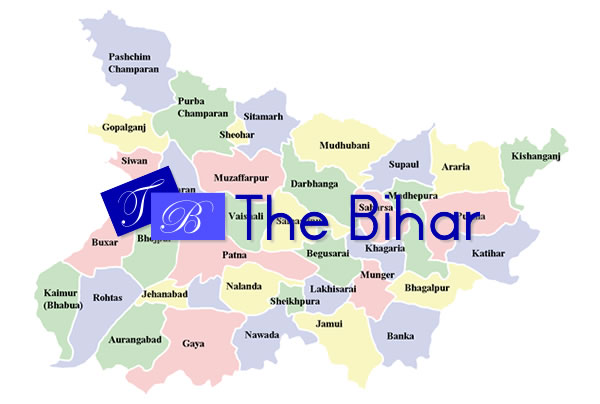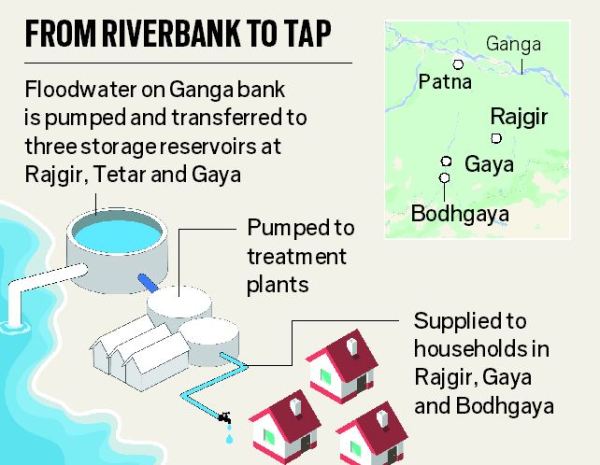Chandragupta II
6 min readChandragupta II the Great, very often referred to as Vikramaditya or Chandragupta Vikramaditya in Sanskrit; was one of the most powerful emperors of the Gupta empire. His rule spanned 375–413/15 CE, during which the Gupta Empire achieved its zenith. The period of prominence of the Gupta dynasty is very often referred to as the Golden Age of India. Chandragupta II the Great was the son of the previous ruler, Samudragupta the Great. He attained success by pursuing both a favorable marital alliance and an aggressive expansionist policy. In this his father and grandfather set the precedent.
Not much is known about the personal details of the great king. His mother, Datta Devi, was the chief queen of Samudragupta the Great. After Samudragupta’s death, Ramgupta his brother took over the throne and also married Chandragupta’s fiance ‘Dhruvaswamini by force. The most widely accepted details have been built upon the plot of the play ‘Devi-Chandraguptam’ of Vishakadatta. The play is now lost but fragments have been preserved in other works (Abhinava-bharati, Sringara-prakasha, Natya-darpana, Nataka-lakshana Ratna-kosha). There even exists an Arabic work Mujmalu-t-Tawarikh which tells a similar tale of a king whose name appears to be a corruption of ‘Vikramaditya’.He holds a semi-mythical status in India. It is widely believed that the great poet in Sanskrit, Mahakavi Kalidasa was one of the jewels of his royal court.
The fragment from Natya-darpana mentions the king Ramagupta, the elder brother of Chandragupta, surrendering his queen Dhruvaswamini to the Saka king of the Western Kshatrapas Rudrasimha III, after a defeat at the Saka king’s hands. To avoid the ignominy the Guptas decide to send Madhavasena, a courtesan and a beloved of Chandragupta, disguised as the queen. Chandragupta changes the plan and himself goes to the Saka King disguised as the queen. He then kills Rudrasimha and later his brother Ramagupta. Dhruvaswamini is then married to Chandragupta.
We do not know what liberties Vishakadatta took with the incidents, but Dhruvadevi was indeed the king’s chief queen as seen in the Vaisali terracotta seal that calls her ‘Mahadevi’ Dhruvasvamini. The Bilsad pillar inscription of their son Kumara Gupta I also refers to her as Mahadevi Dhruvadevi. A Ramagupta too is mentioned in inscriptions on Jain figures in the District Archaeological Museum,Vidisha and some copper coins found at Vidisha. The fact that the king and Dhruvadevi are the protagonists of Vishakadatta’s play indicates that marrying his widowed sister-in-law was not given any significance by the playwright. Later Hindus did not view such a marriage with favour and some censure of the act is found in the Sanjan copperplate inscription of Amoghavarsha I and in the Sangali and Cambay plates of the Rashtrakuta king Govinda IV.
The Allahabad pillar inscription mentions the marriage of Chandragupta II the Great with a Naga princess Kuberanaga. A pillar from Mathura referring to Chandragupta (Candragupta) has recently been dated to 388 CE.
Chandragupta’s daughter Prabhavati, by his other queen Kuberanaga, a Naga princess, was married to the powerful Vakataka king Rudrasena II.
His greatest victory was his victory over the Shaka-Kshatrapa dynasty and annexation of their kingdom in Gujarat, by defeating their last ruler Rudrasimha III.
His son-in-law, the Vakataka king Rudrasena II, died fortuitously after a very short reign in 390 AD, following which Prabhavatigupta ruled the Vakataka kingdom as a regent on behalf of his two sons. During this twenty-year period the Vakataka realm was practically a part of the Gupta empire. The geographical location of the Vakataka kingdom allowed Chandragupta to take the opportunity to defeat the Western Kshatrapas once for all. Many historians refer to this period as the Vakataka-Gupta age.
Chandragupta II the Great controlled a vast empire, from the mouth of the Ganges to the mouth of the Indus River and from what is now North Pakistan down to the mouth of the Narmada. Pataliputra continued to be the capital of his huge empire but Ujjain too became a sort of second capital. The large number of beautiful gold coins issued by the Gupta dynasty are a testament to the imperial grandeur of that age. Chandragupta II also started producing silver coins in the Shaka tradition.
Faxian (Wade-Giles Fa-hsien) was the first of three great Chinese pilgrims who visited India from the fifth to the seventh centuries AD, in search of knowledge, manuscripts and relics. He arrived during the reign of Chandragupta II and gave a general description of North India at that time. Among the other things, he reported about the absence of capital punishment, the lack of a poll-tax and land tax. Most citizens did not consume onions, garlic, meat, and wine.
Culturally, the reign of Chandragupta II marked a Golden Age. This is evidenced by later reports of the presence of a circle of poets known as the Nine Gems in his court. The greatest among them was Kalidasa, who authored numerous immortal pieces of literature including The Recognition of Shakuntala. The others were the Sanskrit grammarian Amara Sinha and the astronomer-mathematician Varahamihira.
The next day after the Hindu festival Diwali is called Padwa or Varshapratipada, which marks the coronation of King Vikramaditya. The Hindu Vikram-Samvat calendar was apparently started on this day and this day is celebrated as New Year’s Day in Nepal where Vikram Sambat is the official calendar there, and some places in India. But, Vikram-Samvat calender is from 57 BCE. So, there was someother king by name Vikram, who started this calender.
Shak-Samvat is synchronised with the Shak-Samvat calendar, which starts around April. This calendar was initiated by Gautamiputra Satakarni who defeated the Saka king Vikramaditya, thus starting the Shalivahana era or Shaka Calendar
Close to the Qutub Minar is one of Delhi’s most curious structures, an iron pillar, dating back to 4th century CE. The pillar bears an inscription which states that it was erected as a flagstaff in honour of the Hindu god Vishnu, and in the memory of Chandragupta II (A derivation of the play by Vishakadata states that the pillar had been put up by Chandragupta himself after defeating the Vahilakas who had once defeated Alexander the Great.After this great feat,he put up this pillar as a memory of this victory) . The pillar also highlights ancient India’s achievements in metallurgy. The pillar is made of 98% wrought iron and has stood more than 1,600 years without rusting or decomposing. This iron pillar is similar to the Pillars of Ashoka found mostly in northern India. From Chandragupta II kings were known as Parama Bhagavatas, or Bhagavata Vaishnavas. The Bhagavata Purana entails the fully developed tenets and philosophy of the Bhagavata tradition wherein Krishna gets fused with Vasudeva and transcends Vedic Vishnu and cosmic Hari to be turned into the ultimate object of bhakti.
India has many interesting stories about King Vikramaditya, his guru named ‘Manva-Patwa’ and his queen(s).
Chandragupta continued issuing most of the gold coin types introduced by his father Samudragupta, such as the Sceptre type (rare for Chandragupta), the Archer type, and the Tiger-Slayer type. However, Chandragupta also introduced several new types, such as the Horseman type and the Lion-slayer type, both of which were used a lot by his son Kumaragupta. In addition, Chandragupta was the first Gupta king to issue silver coins, such as the one illustrated at right. These coins were intended to replace the silver coinage of the Western Kshatrapas after Chandragupta defeated them, and were modeled on the Kshatrapa coinage. The main difference was to replace the dynastic symbol of the Kshatrapas (the three-arched hill) by the dynastic symbol of the Guptas (the mythic eagle Garuda). Further, Chandragupta also issued lead coins based on Kshatrapa prototypes and rare copper coins probably inspired by the coins of another tribe he defeated, the Nagas.


